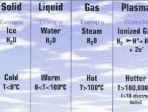 00:03:00
00:03:00
Plasma
Bill cuts a fluorescent light out of his ceiling to show that plasmas and their products are all around us - they're essential in making circuit boards, lights, and even potato chip bags.
More details | Watch now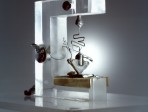 00:03:00
00:03:00
The Transistor
Bill examines the first transistor ever built. He explains how it works, and its impact on our world today. And, also, he even tests it out!
More details | Watch now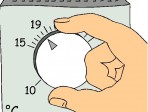 00:03:00
00:03:00
The Thermostat – Why does it look like it does?
Armed with a pair of wire cutters Bill shows how a common thermostat reveals how good industrial designers keep track of the dimensions of a human being.
More details | Watch now 00:05:00
00:05:00
The Transistor 2
Bill shows how a transistor works by examing a replica of the first one ever build: The Bardeen-Brattain point contact transistor.
More details | Watch now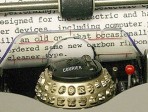 00:03:00
00:03:00
IBM Selectric Typewriter
Using slow motion video Bill Hammack shows how the mechanical digital-to-analogue converter of IBM's revolutionary 'golf ball' typewriter works.
More details | Watch now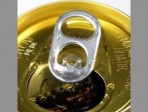 00:02:00
00:02:00
Aluminium drinks can tab
Bill uses slow motion video to show the ingenious engineering design of the apparently simple tab of a pop can.
More details | Watch now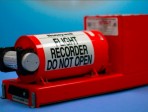 00:02:00
00:02:00
Black Box – A flight data recorder
In designing an object an engineer must choose the proper material. Never is this more important than in the 'black box' flight data recorder.
More details | Watch now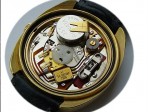 00:04:00
00:04:00
Quartz Watch
Bill takes apart a cheap watch to show how it works. He describes how a tiny quartz tuning fork keeps the time.
More details | Watch now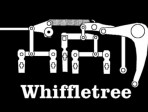 00:02:00
00:02:00
The Whiffletree
Bill describes how a whiffletree was used in early calculating devices to do mechanical digital to analog conversion. He shows briefly the device used in an IBM Selectric Typewriter.
More details | Watch now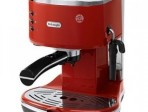 00:03:00
00:03:00
Coffee Maker: Pumping water with no moving parts
To engineer an object means to make choices. Bill illustrates how the choice of having a single heating element made an engineer find a creative way to pump water with no moving parts.
More details | Watch now
